Picture Myanmar’s climate as a trio of wildly different concert movements — each with its own tempo, mood, and surprises. So, when’s the best time to visit Myanmar? Let’s break down the rhythm of its Myanmar seasons to find your groove.
When is the Best Time to Visit Myanmar?

The Cold Season (Nov–Feb)
The crowd-pleaser. Crisp mornings give way to sun-kissed afternoons (20–28°C). Perfect for temple-hopping in Bagan or sipping tea at Inle Lake. But here’s the rub: everyone flocks here. Hotels book up, and sunrise at Shwedagon Pagoda feels more like a block party.
The Hot Season (Mar–May)
The fiery solo. By April, central Myanmar hits 40°C+. Cities shimmer like mirages, and even shadows sweat. But — plot twist — this is when you’ll snag empty photo ops at Mandalay’s palaces and dirt-cheap river cruises. Trade midday exploring for hammock naps and moonlit strolls.
Monsoon Season (Jun–Oct)
The moody crescendo. Rain doesn’t just fall — it performs. Jungles glow neon green, waterfalls roar back to life, and Yangon’s streets turn into reflective canals. Yes, some roads wash out, but that’s how you end up sharing a monsoon feast with a village family instead.
Key Factors to Consider
Before booking your trip, consider:
- Weather preferences: Can you handle intense heat or frequent rain?
- Regional variations: The climate differs significantly between lowland areas and mountain regions
- Crowd levels: Peak season brings more tourists to popular sites
- Budget constraints: Prices fluctuate based on seasonal demand
- Special events: Myanmar’s cultural calendar offers unique festivals throughout the year
The Weather in Myanmar

Myanmar’s climate varies dramatically across its diverse geography. The central plains around Bagan and Mandalay experience more extreme temperatures, while coastal and mountain areas have their own distinct patterns.
The Myanmar best time to visit boils down to priorities:
- Chasing ease? Aim for the cold season (Nov–Feb).
- Chasing deals? Embrace the hot season in Myanmar (Mar–May).
- Chasing authenticity? Lean into the raining season in Myanmar (Jun–Oct).
Whatever you pick, your travel to Myanmar guarantees moments that stick — like mist rising over pagodas at dawn, or the sudden cool of a monsoon shower after weeks of heat. Ready to sync your trip with the country’s heartbeat?
Monsoon Season in Myanmar
The monsoon season in Myanmar runs approximately from June through October. During these months, the southwest monsoon brings heavy rainfall, particularly to coastal regions and the southern parts of the country.
Is it worth visiting during the rainy months? Perhaps. The raining season transforms landscapes into lush, emerald-green paradises. Fewer tourists mean more authentic experiences and better deals. That said, flooding can disrupt travel plans, and some areas become difficult to access.
January
January sits in the heart of the cold season in Myanmar — though “cold” is relative. Daytime temperatures remain pleasant at 70-75°F (21-24°C) in most regions, while nights can cool down significantly, especially in highland areas.
This is prime tourist season. The skies stay brilliantly clear, perfect for photography. Bagan’s temples glow golden in the morning light. Inle Lake’s waters sparkle. A magical time, if you don’t mind sharing it with other travelers.
February
February continues the excellent weather pattern. Temperatures begin to climb slightly, but the climate of Myanmar remains dry and comfortable. This month offers perfect conditions for temple-hopping in Bagan or exploring Yangon’s colonial architecture without breaking a sweat.
The water level at Inle Lake is lower during this time, which means some boat routes may be limited, but overall conditions remain ideal for travelers.
March
March marks the transition into the hot season. Temperatures rise noticeably, especially in the central plains where afternoon highs can reach 95°F (35°C) or higher.
Despite the heat, March offers some unique experiences:
- Mango season begins, with fresh fruit appearing in markets nationwide
- Fewer tourists mean more peaceful temple visits
- The landscape maintains its dry-season clarity for photography
April
April doesn’t just turn up the heat — it cranks the dial to “inferno.” During the hot season, central regions like Bagan and Mandalay become furnaces, with thermometers hitting 100°F+ (38°C+). Coastal spots like Ngapali Beach? Still warm, but ocean breezes take the edge off.
Yet, this month isn’t just about sweat and sunburn. Thingyan, Myanmar’s New Year water festival, turns streets into liquid playgrounds. Think water guns, buckets, and laughter everywhere — a chaotic, joyous way to cool down. Just note: many shops and hotels shut down for days, so plan around the splash zone.
May
By May, the hot season is gasping its last fiery breath. Landscapes look like toasted breadcrumbs, and haze from farm burns hangs in the air. But there’s magic here: temples sit nearly empty, hotel rates plummet, and you’ll have sunrise views at Shwedagon Pagoda all to yourself. Explore temples at dawn, hide from the midday sun (locals love to nap during that hours) and watch the skies. Late May might tease the first monsoon showers in the south.
June
June whispers (then shouts) the arrival of the rainy season in Myanmar. Mornings often stay dry — perfect for market strolls or temple hops — but afternoons bring dramatic downpours. Rivers swell, waterfalls like Anisakan roar back to life, and fields morph into emerald carpets.
This is monsoon season at its most raw. Yes, some rural roads turn to sludge, but that’s why boats and trains exist. Plus, there’s something surreal about watching storm clouds roll over Inle Lake while sipping lemongrass tea.
July
July in Myanmar isn’t just rainy — it’s like the sky’s turned on a firehose. The monsoon season hits its stride, dumping over 20 inches (500mm) of rain on Yangon alone. Coastal zones and the south get drenched daily, while the north sees brief but theatrical afternoon storms.
Traveling now? Pack three things: flexibility, waterproof bags, and a sense of humor. Roads might vanish under puddles, boat routes shift with swollen rivers, and humidity clings like a wet sweater. But here’s the payoff: jungles glow electric green, waterfalls thunder with newfound energy, and you’ll have places like Hpa-An’s caves feeling like your private discovery.
August
By August, rainy season has painted the country in every shade of green imaginable. Rice paddies look like velvet carpets, rivers swell into liquid highways, and mist clings to temple spires like ghostly silk. But Mother Nature doesn’t hold back — floods can isolate villages, and landslides occasionally block mountain roads.
Yet this is when Myanmar feels most alive. You’ll battle raindrops, not tourists, at Shwedagon Pagoda. Hotels slash prices — luxury stays become budget-friendly. There’s magic in watching monks stroll through Bagan’s temples as rain curtains sweep across the plains.
September
September in Myanmar? The monsoon season isn’t done yet — it’s just easing off the gas. Rainfall remains heavy, but there’s a shift: storms start losing their August fury, especially in the north. By late month, skies flirt with sunlight again.
For those brave enough to travel now, rewards abound. Villages buzz with early rice harvests, turning fields into patchworks of gold and green. Trails? Muddy, yes — but empty. And those hotel rates? Still bottomed out. Just pack quick-dry everything and embrace the rhythm of afternoon downpours followed by glittering, rain-washed evenings.
October
It’s Myanmar’s undercover gem. The raining season packs its bags, leaving landscapes so lush they look Photoshopped. Days hover around 75–85°F (24–29°C) — warm enough for sundresses, cool enough for temple marathons.
Transition from moody gray to “golden hour” perfection, you’ll snap Bagan’s pagodas without photo-bombers. Watch fishermen return to Inle Lake as waters calm and calm yourself.
By late October, the climate hits its sweet spot — balmy days, crisp nights, and landscapes still dripping with monsoon-fed life.
November
November is when Myanmar flips the switch to postcard mode. The best time to visit Myanmar officially kicks off — dry days, skies so blue they look airbrushed, and temperatures lounging around 80–85°F (27–29°C). Rivers, still plump from the monsoon, make boat trips to spots like Mandalay’s U Bein Bridge glide-worthy.
And Bagan? Its temples pop against cloudless horizons like ancient sentinels. Hikers, this is your cue: trails in Shan State and Kalaw crisp up, perfect for trekking without the sweat soup of hotter months.
December
Welcome to the winter season in Myanmar, where mornings start with sweater weather and afternoons melt into golden sunlight. Lowlands stay balmy, but head north to Hsipaw or Pyin Oo Lwin, and nights dip enough to warrant a light jacket — think misty breath at sunrise over hill tribe markets.
December’s climate is textbook ideal — if you’re willing to share the magic. Pro move? Mix popular spots with lesser-known gems like Mrauk U to dodge the masses.
Cheapest Time to Visit Myanmar: Save on Your Trip
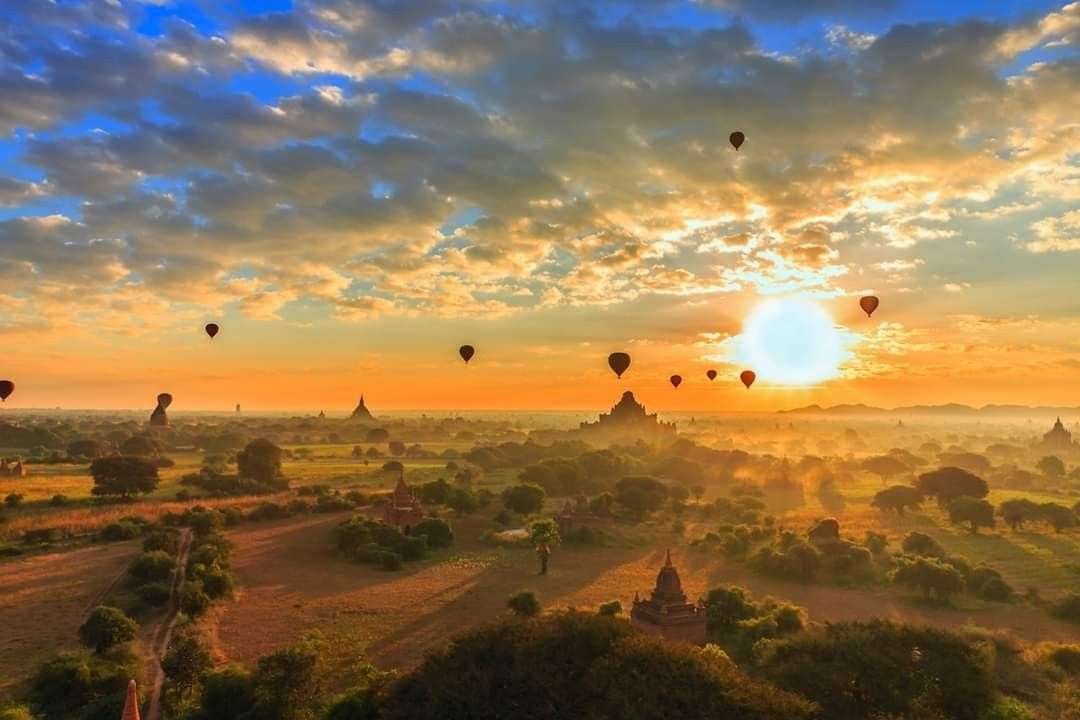
For budget-conscious travelers, timing is everything when planning a trip to Myanmar.
Budget-Friendly Seasons
The monsoon season (June-September) offers the best value for money. During these months:
- Hotel rates drop by 30-50%
- Flight prices decrease significantly
- Negotiating better deals becomes easier
- Tourist attractions are uncrowded
May and October, the shoulder months between seasons, also offer good value while providing somewhat better weather conditions than the peak monsoon months.
The trade-off? You’ll need to navigate occasional heavy rains, potential travel disruptions, and higher humidity. Some smaller hotels and restaurants in beach destinations may close entirely during this period.
Places to Visit in Myanmar: Must-See Spots All Year Round
While weather considerations matter, Myanmar’s most magnificent attractions remain compelling regardless of when you visit.
Top Attractions in Myanmar
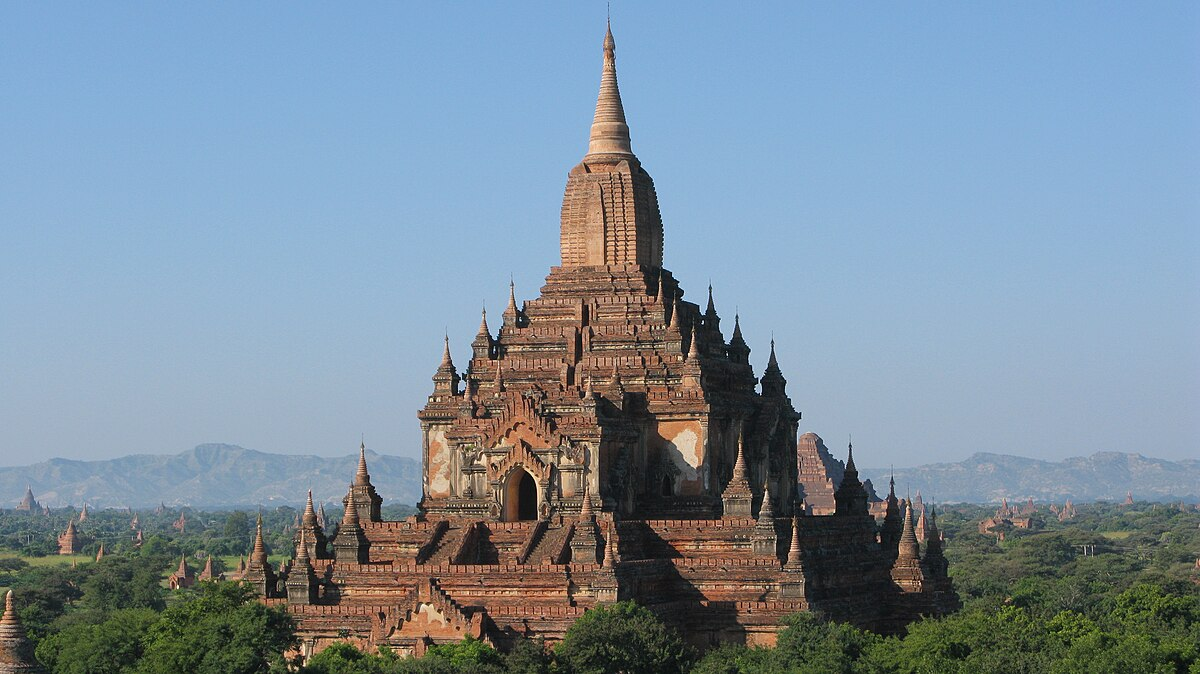
Bagan: The Temple Symphony
Bagan doesn’t just have temples — it’s got 2,000 stone storytellers whispering history.
- Hot season (Mar–May): Swap midday sun for sunrise balloon rides. Yes, it’s 40°C by noon, but dawn skies? Pure liquid gold.
- Rainy season (Jun–Oct): Storm clouds stage epic light shows behind Ananda Temple. Bring a raincoat, leave the crowds behind.
Yangon: The Golden Chameleon
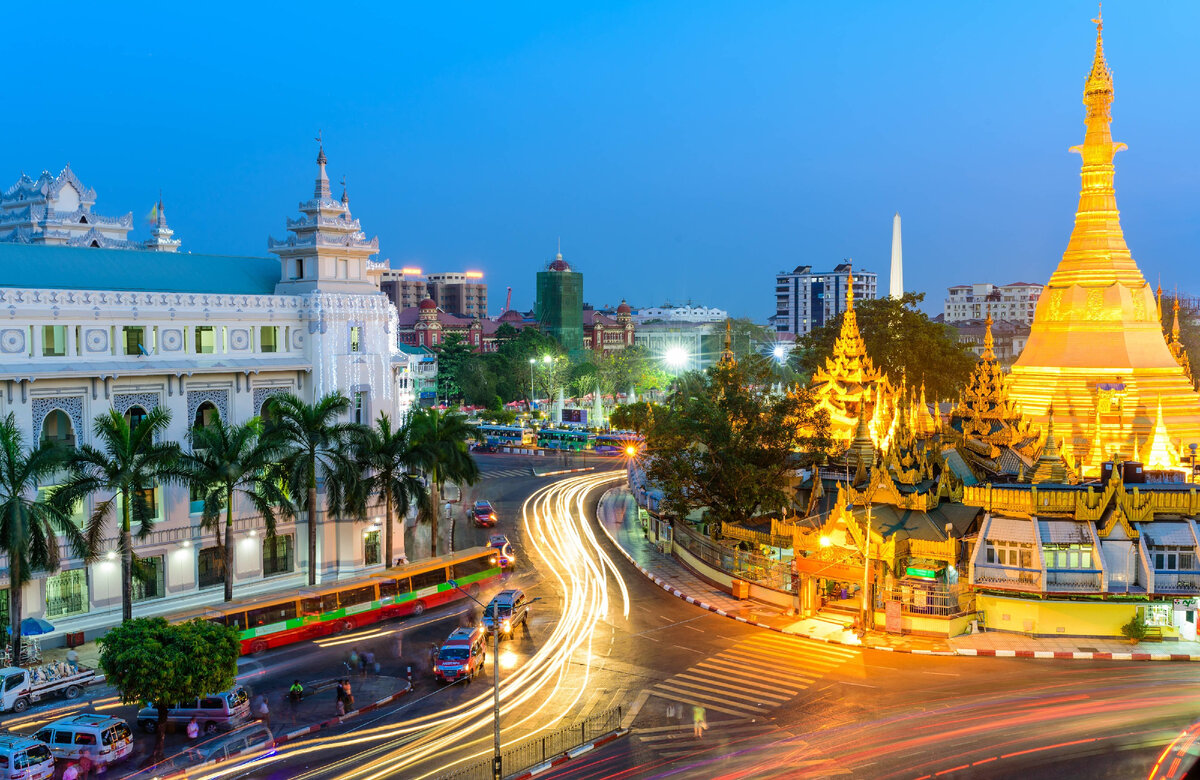
Yangon’s a shape-shifter. The climate here swings moods:
- Monsoon season (Jun–Sep): Colonial buildings weep monsoon tears, turning Strand Road into a sepia postcard.
- Winter season (Nov–Feb): Shwedagon Pagoda glows warmer as temperatures dip — perfect for street food crawls without the sweat.
Inle Lake: Nature’s Mood Ring
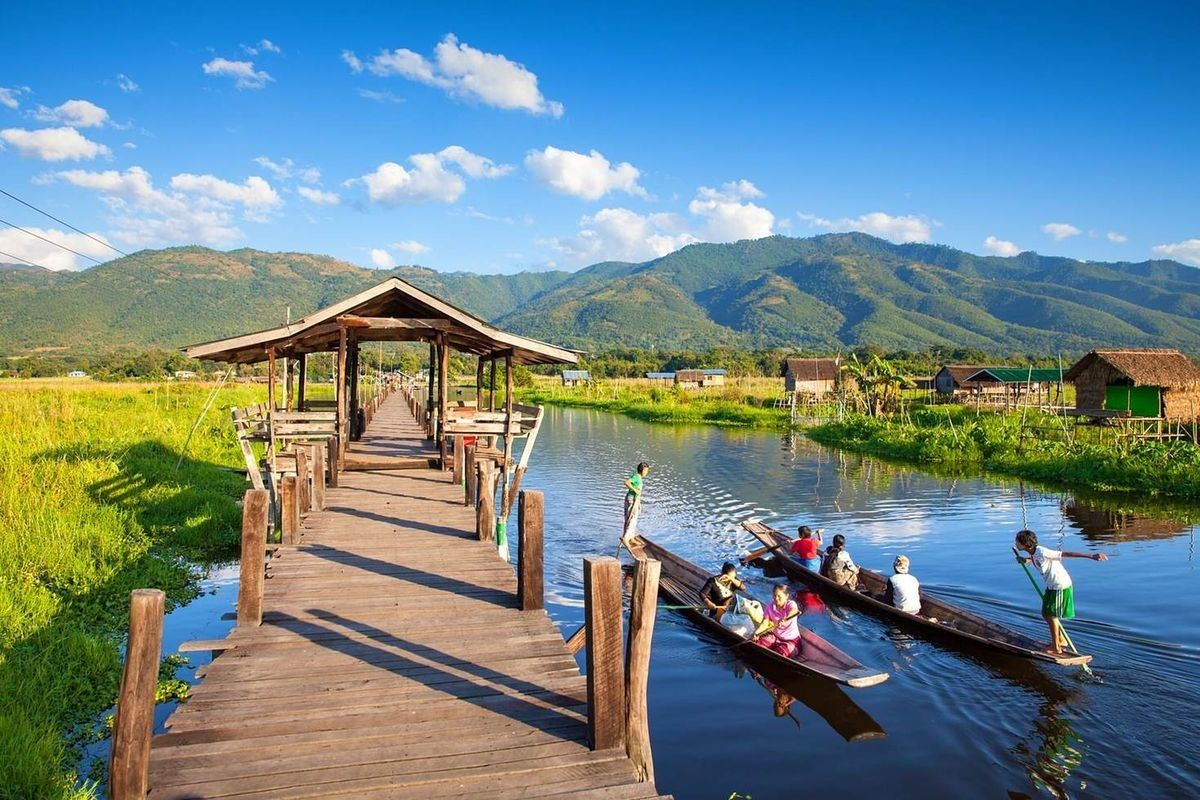
This lake’s got two personalities:
- Cold season in Myanmar (Nov–Feb): Glassy waters mirror the Shan Hills. Fishermen’s leg-rowing ballet? Flawless.
- Raining season (Jun–Oct): Waters rise, fields explode in green, and boat routes multiply. Just dodge afternoon downpours.
Mandalay: Heatwave with a Heart
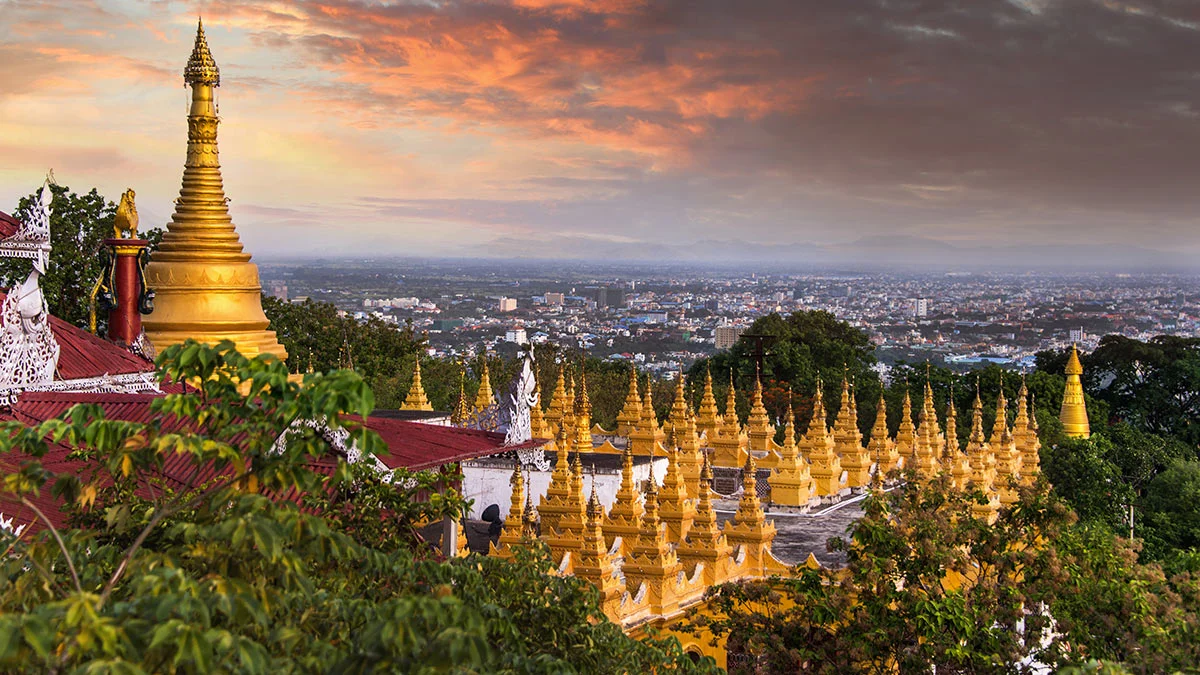
Mandalay’s heat can melt resolve in the hot season. But winter? That’s its sweet spot:
- Winter season (Nov–Feb): 25°C days turn palace ruins into playgrounds. Climb Mandalay Hill at sunset without becoming a puddle.
Ngapali Beach: The Fair-Weather Friend
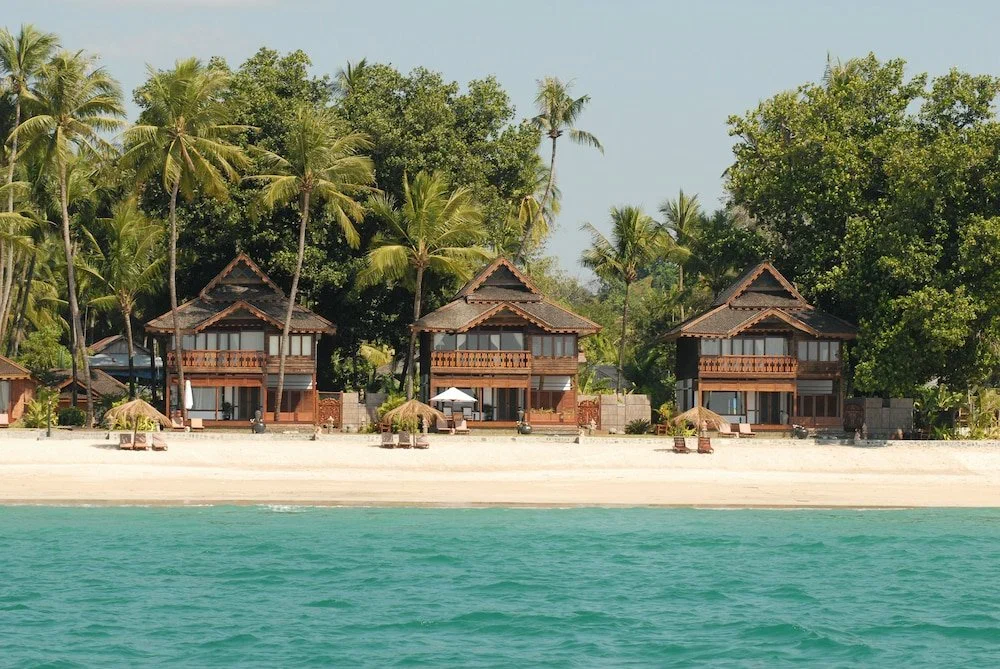
Myanmar’s beach belle plays hard to get:
- Dry season: Powder sand, turquoise waves, fresh seafood feasts.
- Monsoon season: Most resorts shut. Don’t even try — this diva’s closed.
Planning Your Trip: When to Go and What to Expect
The ideal time for your travel depends on your priorities and interests. Here’s a simplified breakdown:
- November-February: Perfect weather, highest prices, most crowded
- March-May: Very hot, good for budget travelers, fewer crowds
- June-October: Rainy, lowest prices, authentic experiences with minimal tourists
Practical Tips for Travelers
- Book accommodations in advance during the peak winter season (November-February), especially in popular destinations
- Pack appropriate clothing for your travel season — lightweight, breathable fabrics for the hot months; quick-dry clothing for the monsoon; and an extra layer for cool evenings during winter
- Stay flexible during monsoon travel, as weather may require last-minute itinerary adjustments
- Consider regional climate variations when planning your route — the beach areas receive significantly more rainfall than central regions
- Check festival dates before booking, as major celebrations can affect transportation and accommodation availability
Conclusions
The Myanmar best time to visit question has no one-size-fits-all answer. Myanmar’s seasons aren’t hurdles — they’re filters. Crowds thin, prices drop, and landscapes transform. Whether you’re chasing Bagan’s stormy drama or Ngapali’s sunny seduction, timing isn’t everything — it’s the only thing. Pack your patience (and an umbrella), and let Myanmar’s climate rewrite your definition of “perfect timing.”
FAQs
What is the Best Month to Visit Myanmar?
November is the best time to visit — landscapes still glowing from the monsoon season, temps hovering at a dreamy 20–28°C, and rains ghosting everyone. December copies its homework but adds holiday crowds elbowing for Bagan sunrise spots.
When is the Cheapest Time to Visit Myanmar?
June to September — the raining season in Myanmar — is where budgets thrive. Hotels drop prices like hot potatoes (we’re talking 50% off), and you’ll have Mandalay’s palaces all to yourself. Downsides? You’ll master the art of dodging rain buckets and leapfrogging puddles.
Not a monsoon warrior? Try May (tail end of the hot season) or October (monsoon’s mic drop). These shoulder months flirt with discounts and drier days. Just avoid April’s “surface-of-the-sun” vibes.
What Are the Best Places to Visit in Myanmar?
Myanmar’s must-see destinations include:
- The temple plains of Bagan
- Yangon’s Shwedagon Pagoda and colonial architecture
- Inle Lake’s unique floating communities
- Mandalay’s historical sites and nearby ancient capitals
- Kyaiktiyo Pagoda (Golden Rock)
- Ngapali Beach’s pristine coastline
- Hpa-An’s karst landscape and caves
- Mrauk U’s remote archaeological wonders
The accessibility of some regions may vary by season, particularly during the peak monsoon season when some remote areas become difficult to reach.






0 Comments